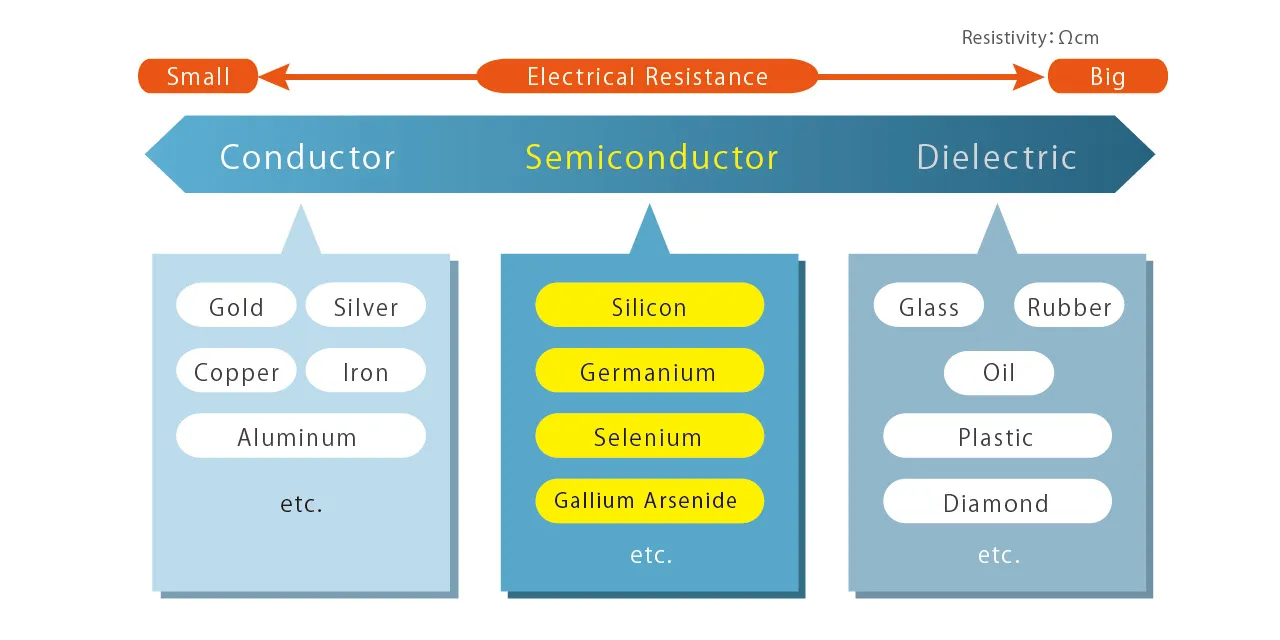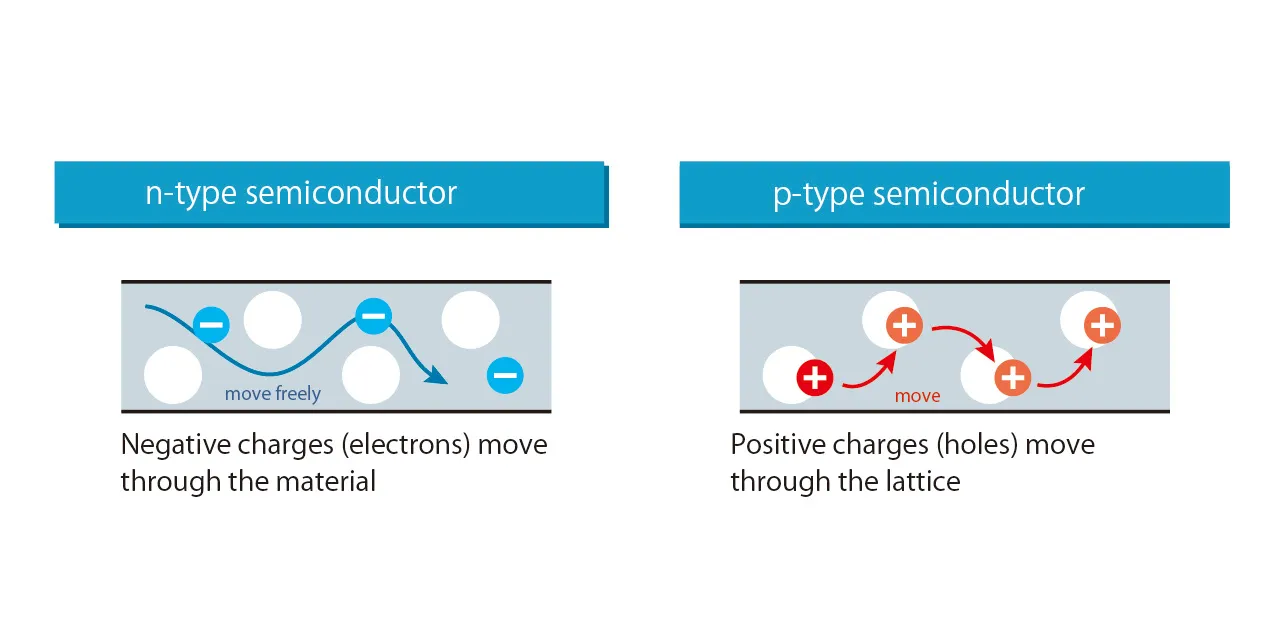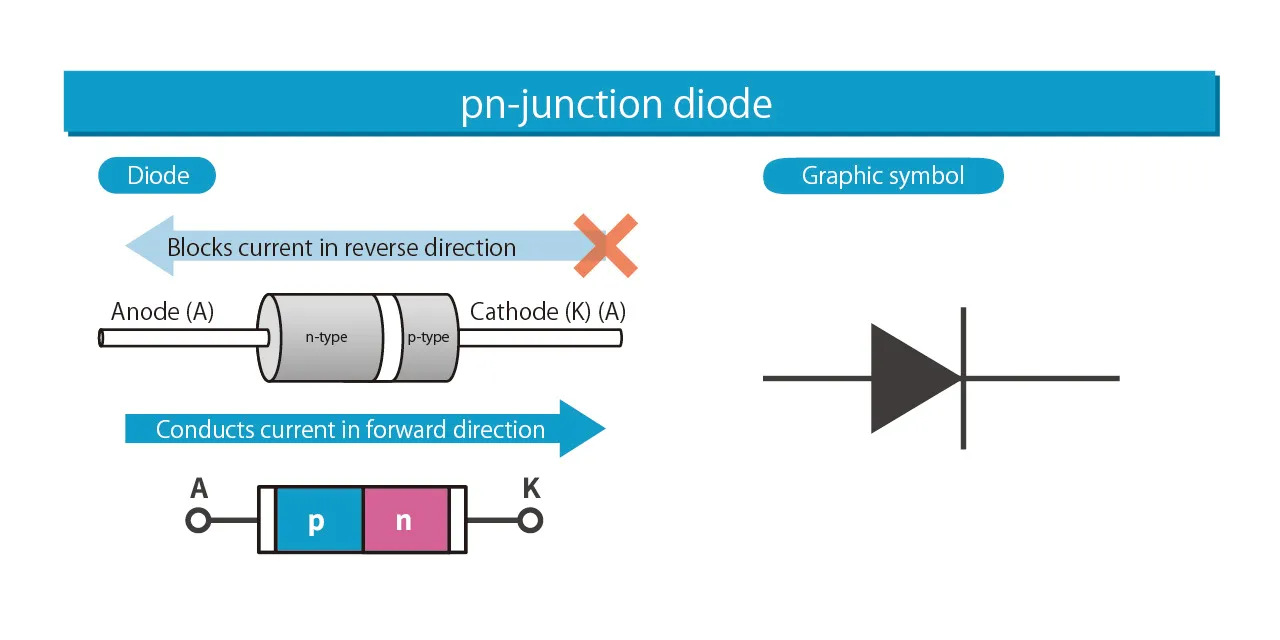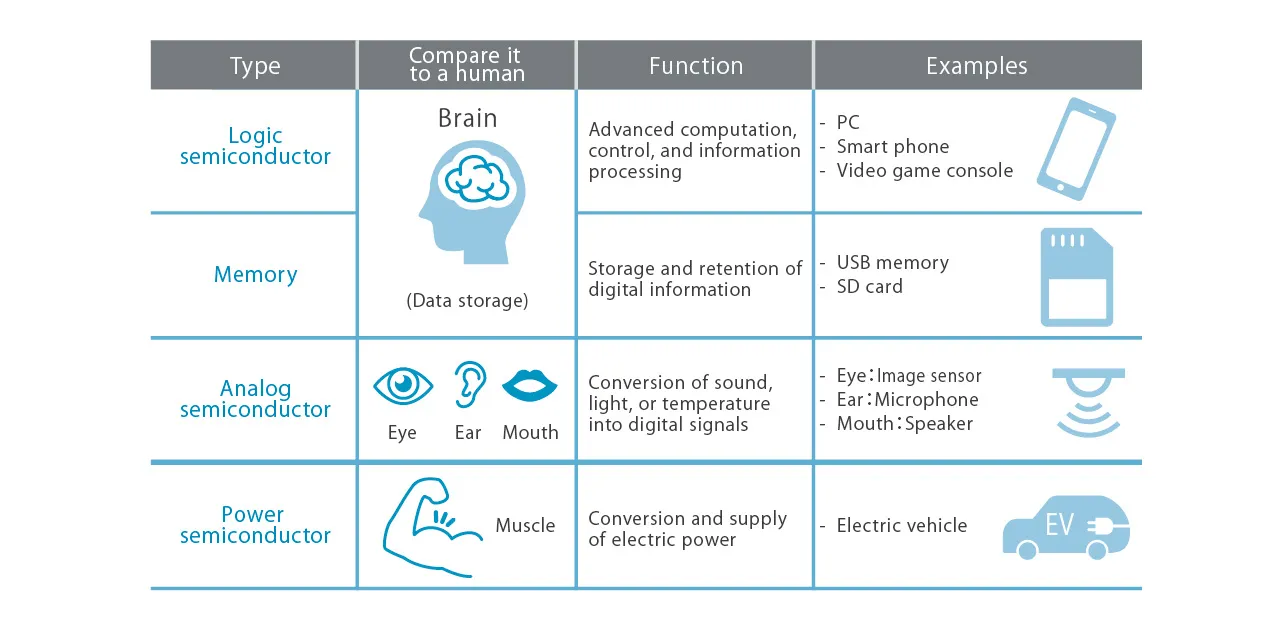Technology
What Are Semiconductors And Why Are They So Vital For Modern Innovation?
Why are they called semiconductors?
Semiconductors are essential components in electronic devices such as smartphones, PCs and household appliances. But do you know what the term semiconductor actually means?
Originally, it was a term from physics describing a material's ability to conduct electricity. Because semiconductors have properties between conductors (which conduct well) and insulators (which conduct poorly), they are called semiconductors. In everyday use, however, the term typically refers to semiconductor devices made using materials such as silicon.
The basics: Comparing conductors, semiconductors and dielectrics
How conductivity determines classification
A material's ability to conduct electricity is measured by its electrical resistivity. Based on this value, materials are classified as conductors, semiconductors or dielectrics.
- Conductors such as gold, silver, copper and aluminum have very low resistivity—around 10-4 Ω·cm or less—and conduct electricity efficiently.
- Dielectrics like glass, rubber and plastic have very high resistivity—on the order of 108 Ω·cm or more—and barely conduct electricity.
- Semiconductors fall between these extremes, with resistivity typically between 10-4 and 108 Ω·cm. They have the interesting property of sometimes conducting and sometimes not. Silicon and germanium are common examples of materials used for device creation.

Using semiconductors to control the flow of electricity
Pure dielectric semiconductors are almost like insulators, but adding minute amounts of impurities—a process called doping—makes them conductive. This doping is a key step in manufacturing semiconductor devices.
Being able to switch electrical currents on and off allows for digital signals (0 and 1) to be manipulated freely. For example, transistors act like tiny switches and change the flow of currents instantaneously when voltage is applied. They control the flow of electricity like a faucet does with water, enabling precise handling of digital signals.
By connecting many such transistor-switches, calculations like addition and subtraction become possible. Combined with memory functions, modern chips can house billions of transistors on a single semiconductor, enabling vast computational operations and data storage.
n-type and p-type semiconductors: How doping enables conductivity
Semiconductors are categorized into two types—n-type and p-type—depending on the doping element used.
- n-type semiconductors are doped with Group 15 elements, such as phosphorus, arsenic or antimony. These provide extra electrons (negative charge carriers), thus the name n-type. Dopant atoms are called donors—as they donate electrons.
- p-type semiconductors are doped with Group 13 elements, such as boron or indium. These create holes (absence of electrons) in the crystal structure. These holes move as positive charges, hence the name p-type. The dopants used are called acceptors, because they accept electrons.

The foundation: pn-junction diodes
Individually, p-type and n-type semiconductors cannot do much. However, when joined at a pn junction, they form the basic semiconductor device—a pn-junction diode.
At the junction, electrons and holes recombine, canceling each other out and creating a region without charge carriers called the depletion region. This region forms an electrical barrier.
When forward-biased (p-side positive, n-side negative), this barrier is lowered, allowing currents to flow. When reverse-biased (p-side negative, n-side positive), the barrier is raised and currents are blocked. This rectifying behavior—allowing currents in only one direction—is fundamental. Transistors and other semiconductor devices are built on this structure, making pn-junctions essential building blocks.

Main semiconductor types and roles
A variety of semiconductor devices exist, each serving unique functions:
-
Logic semiconductors (the brain)
These perform logical operations and control tasks using transistors. Found in PCs, smartphones, appliances and cars, logic semiconductors are especially vital in AI, where GPUs logic chips excel. Rapidus is building its 2 nm logic chip manufacturing facility, called Innovative Integration for Manufacturing (IIM-1), in Chitose, Hokkaido. The company started its pilot line in 2025 with mass production to begin by 2027. -
Memory semiconductors (storage)
Used to record and store data—volatile (RAM) or non-volatile (ROM)—in devices like computers and smartphones. -
Analog semiconductors (the sensory organs)
Analog semiconductors convert continuous real-world signals (light, sound and temperature) into digital information. Common in cameras, microphones, sensors and speakers. They allow electronic devices to interact with the world. -
Power Semiconductors (the muscles)
Power semiconductors handle large current and voltage conversions, such as turning AC into DC or regulating motor power. They are critical in appliances, electric vehicles and energy-efficient systems.

Summary: Why semiconductors are essential
The invention of semiconductor devices—which control electrical flow—has enabled precise, high-speed processing of digital information, revolutionizing computing and communications.
From consumer electronics to infrastructure like transportation, power grids and industrial applications, semiconductors are essential across domains. It's an understatement to say modern society cannot function without them. Compact chips packed with functionality support the digital world.
Moving forward, advancements in semiconductor technology will reshape how we live and work. Fields like AI and IoT rely heavily on performance improvements in semiconductors. As the foundation of technological progress, semiconductors will remain central to the future of society.
- #Semiconductor
- #Transistor
- #Silicon


